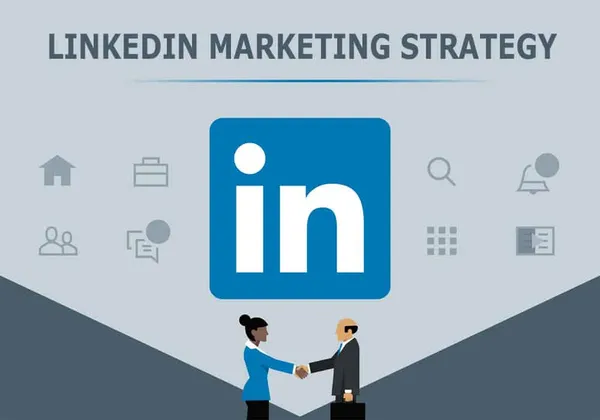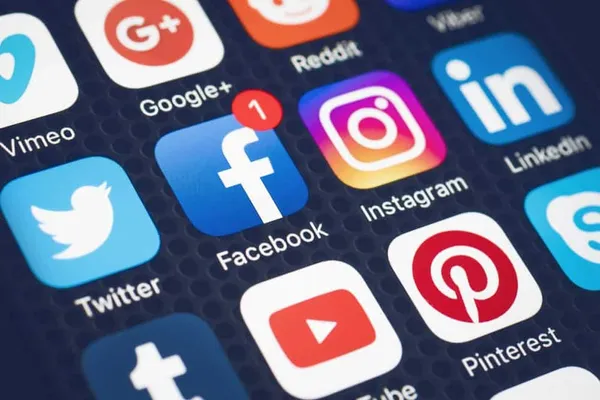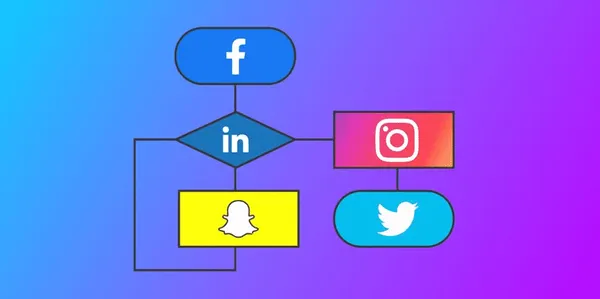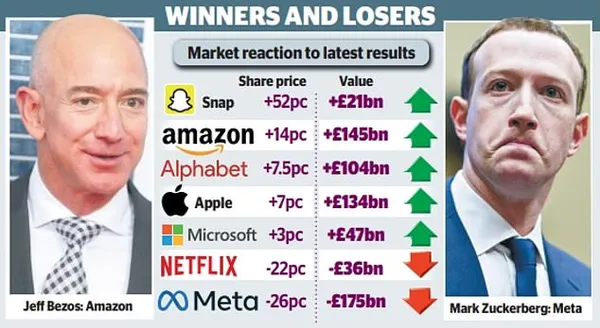
Knowledge base
November 05, 2021
Microsoft Teams takes on the metaverse race with 3D avatars and immersive meetings
Microsoft and Meta are on a collision course for metaverse competition
Microsoft is entering the race to build a metaverse within Teams just days after Facebook was rebranded as Meta in a push to build virtual spaces for both consumers and businesses. Microsoft will bring Mesh, a collaborative virtual experience platform, directly to Microsoft Teams next year. It’s part of a major effort to combine the company’s mixed reality and HoloLens work with meetings and video calls that anyone can participate in thanks to animated avatars.
With this announcement, Microsoft and Meta appear to be on a collision course to compete heavily in the metaverse, particularly for the future of work.
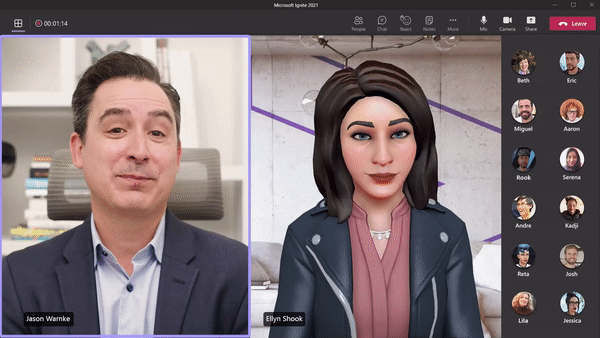
Microsoft Mesh always felt like the future of Microsoft Teams meetings, and now it’s starting to come alive in the first half of 2022. Microsoft is building on efforts like The Together Mode and other experiments to make meetings more interactive, after months of people working from home and adapting to hybrid work.
“We were struck by meeting fatigue in the virtual world,” Nicole Herskowitz, general manager of Microsoft Teams, explained in an interview with The Verge. “After a maximum of 30 or 40 minutes in a meeting, it was very difficult to stay engaged and focused.” That initial meeting fatigue led to Together mode, and now Microsoft hopes Mesh will help further reduce the cognitive overload of having to be on video calls throughout the day.
Microsoft Teams gets new 3D avatars in a push to a metaverse environment and you don’t need to put on a VR headset to use them. These avatars can literally represent you in both 2D and 3D meetings, so you can choose to have an animated version of yourself if you don’t feel like turning on your webcam.
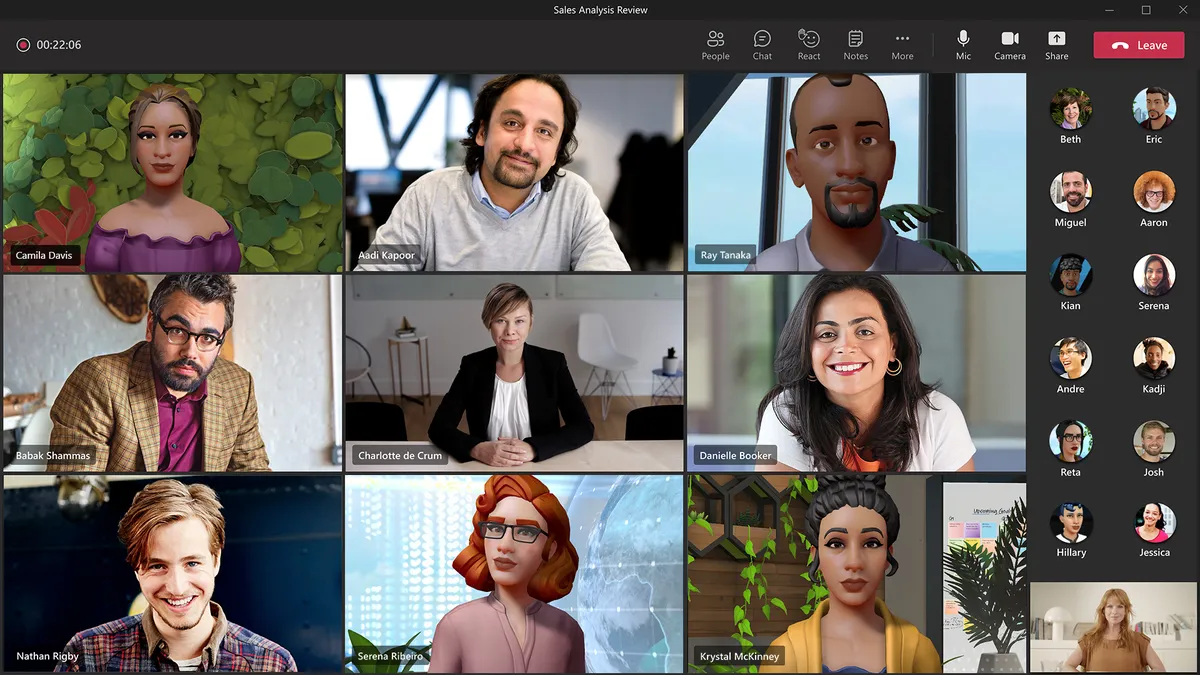
“It’s not binary, so I can choose how I want to appear, whether it’s video or an avatar, and there’s a variety of custom options to choose how you want to be present in a meeting,” said Katie Kelly, principal product manager for Microsoft Mesh, in an interview with The Verge . “We’re able to interpret your vocal cues to animate that avatar, so it feels present and it feels like it’s there with you.”
Microsoft uses AI to listen to your voice and then animate your avatar. If you switch to a more immersive 3D meeting, these animations will also raise your avatar’s hands when you click the Raise Hand option or animate emoji around your avatar.
The immersive spaces are really where Microsoft sees this Mesh integration as most useful, especially in its efforts to build a business metaverse. Microsoft envisions virtual spaces in Teams where people can network and socialize with games or even use Microsoft apps to collaborate on projects.
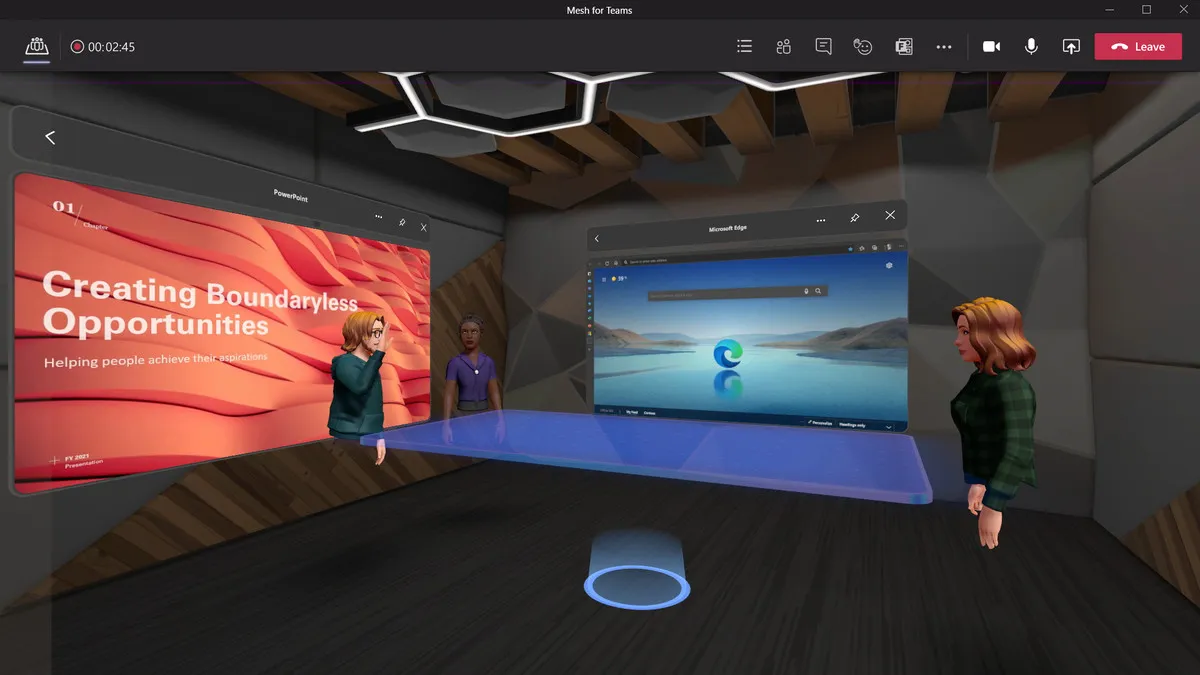
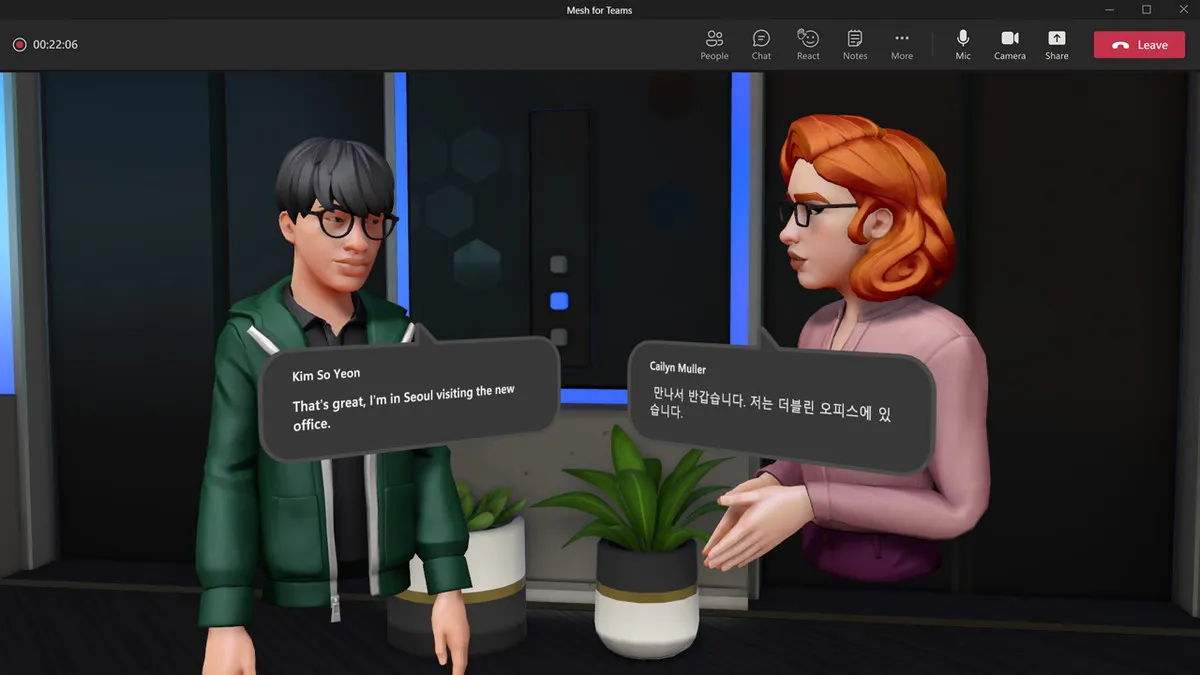
These virtual environments work best with a VR or AR headset, of course, but they’re open to anyone on multiple devices thanks to the animated avatar work. “I think the thing that really separates how Microsoft approaches metaverse and our own experiences starts with the human experience, so the sense of presence, talking to someone, making eye contact and reactions will be important,” explains Kelly.
Microsoft even builds in support for translations and transcriptions, so you may be able to meet in a Teams virtual space with a colleague from around the world with fewer language barriers.
The promise is that Microsoft Teams can start using these virtual spaces and avatars in the first half of 2022. “The goal is for you to be able to enter an immersive space in the first half of next year and then collaborate and use Microsoft’s tools,” Kelly says.

Companies can build their own virtual spaces, or metaverses, within Teams. That’s something Accenture has been experimenting with after creating its own virtual campus for employees before the pandemic. This virtual space quickly became useful, as the company has used it to onboard new employees during the pandemic.
Microsoft’s push for a metaverse within Teams comes just days after Facebook rebranded as Meta as the company name. Meta is working on very similar concepts to Microsoft, guided by the idea of a digital avatar representing you in virtual spaces. Meta’s Reality Labs division has built consumer hardware and software, including the Quest VR headset, and teased its own vision of remote working using augmented and virtual reality last year.
Microsoft and Meta will clearly compete heavily in the metaverse era. It’s an area that Microsoft has invested in for years, with its HoloLens work and the acquisition of AltspaceVR. However, Microsoft and Meta are not alone. Many companies have started using platforms such as Spatial to offer virtual spaces for events, meetings, and networking opportunities.
Meta has billions of daily users on Facebook and Instagram to leverage on its metaverse ambitions, and Microsoft has the millions of daily Teams users and integration into Office to try and make the metaverse a reality for businesses. The metaverse battle for your digital avatars has only just begun.
Source: theverge
Want to know more?
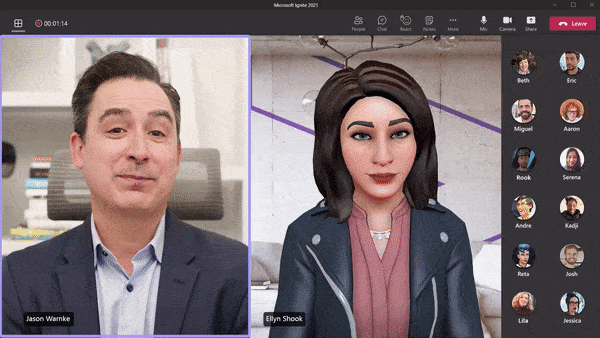
Related
blogs
Tech Updates: Microsoft 365, Azure, Cybersecurity & AI – Weekly in Your Mailbox.



